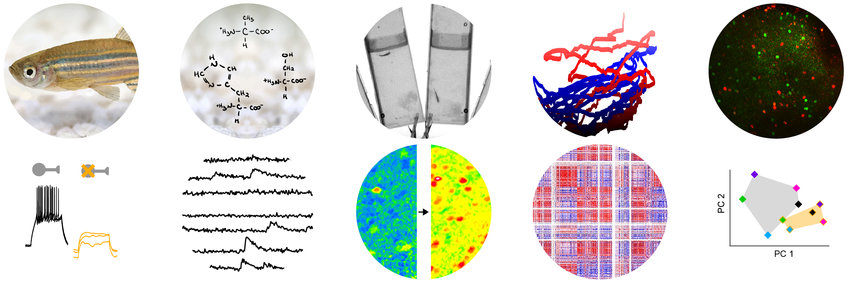
Olfactory Memory
PLEASE NOTE: Thomas Frank and his group will move to Göttingen during 2023, where he will establish and lead a research group at the Cluster of Excellence, Multiscale Bioimaging and the Faculty of Biology and Psychology at the University of Göttingen.
For up-to-date information on Thomas Frank and his work, please visit his new website.
Further information: The MBExC welcomes Junior Research Group leader Dr. Thomas Frank – MBExC
Why do certain odors (e.g. of an aromatic cheese) smell pleasant or unpleasant to two different people or before and after dinner? The relationships between sensory stimuli on the one hand, and perceptions or actions on the other hand can be highly variable and are strongly modulated by a variety of factors including context, experience, and internal states. Our brains create abstract representations of the sensory environment through selective extraction of stimulus features followed by the synthesis of perceptual “objects” (e.g. the smell of coffee), and then flexibly link such representations to different perceptual qualities and distinct motor programs to produce appropriate behavioral reactions. This process relies on a variety of neuronal circuits that are distributed throughout the brain and it remains poorly understood how these sensory, associative, and motor circuits precisely interact during odor-driven behaviors.
Our group studies the neuronal mechanisms underlying these processes as well as their flexibility in the olfactory system. We use a combination of imaging, optogenetics, electrophysiology, genetics, behavioral approaches, and computational methods in zebrafish. The small size of the zebrafish brain provides excellent opportunities to simultaneously reconstruct and manipulate the flow of neuronal activity across several neuronal circuits in behaving animals. Our goal is to understand how previous experience, internal states, and environmental context, modify information processing in sensory, associative, and motor circuits of the brain to intelligently adjust behavior.